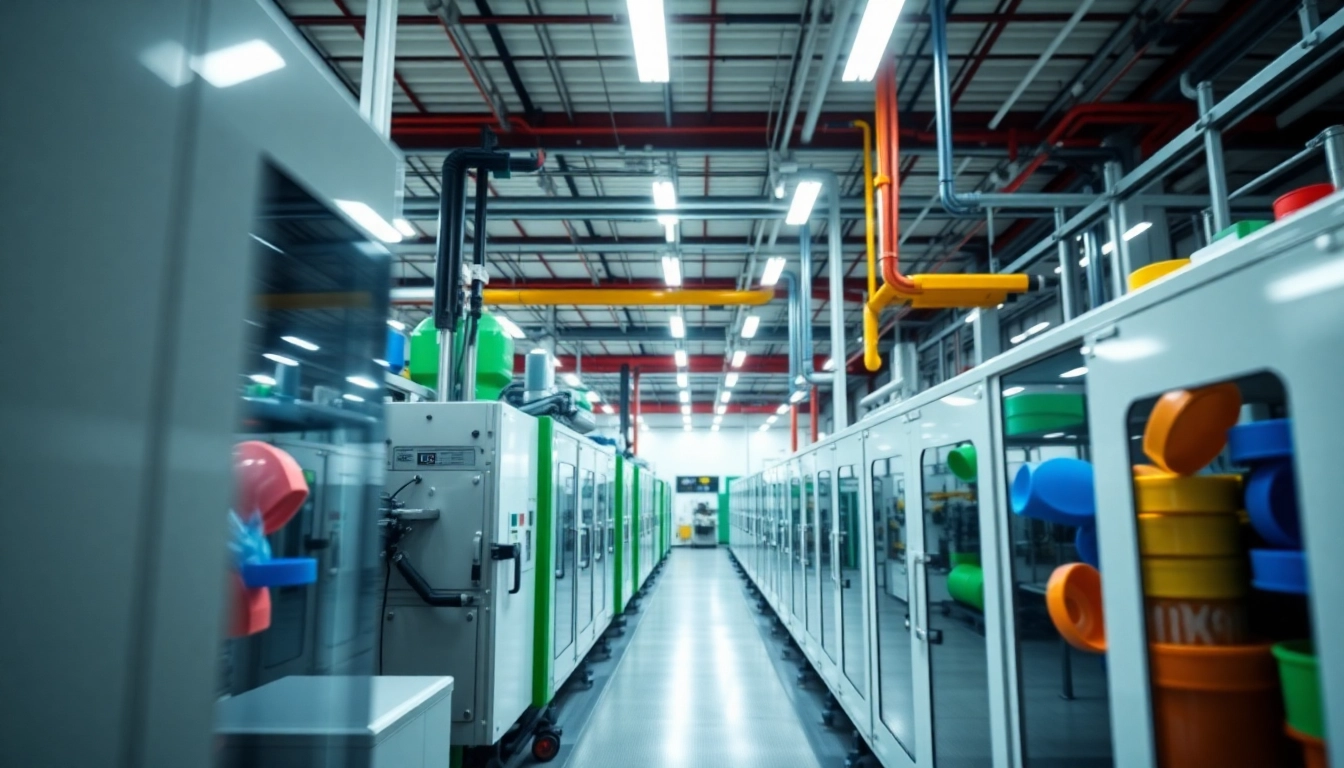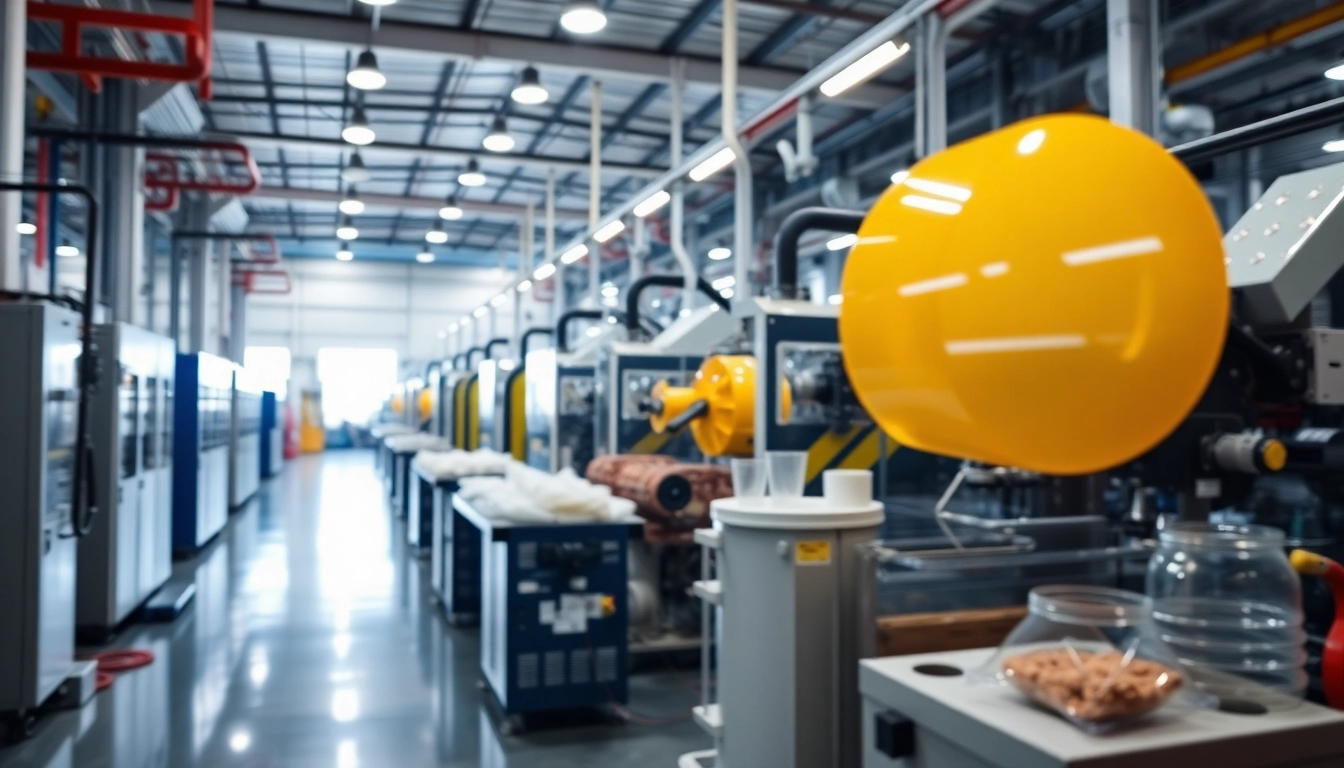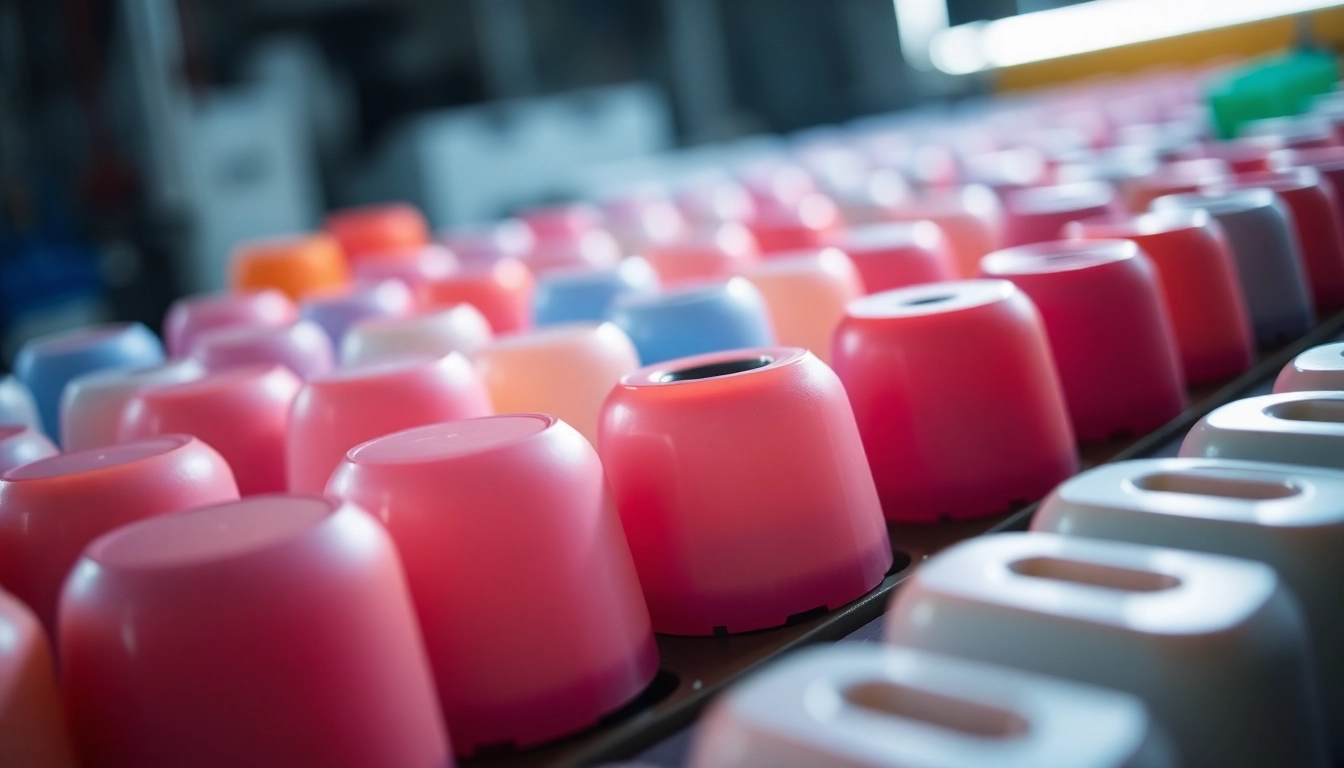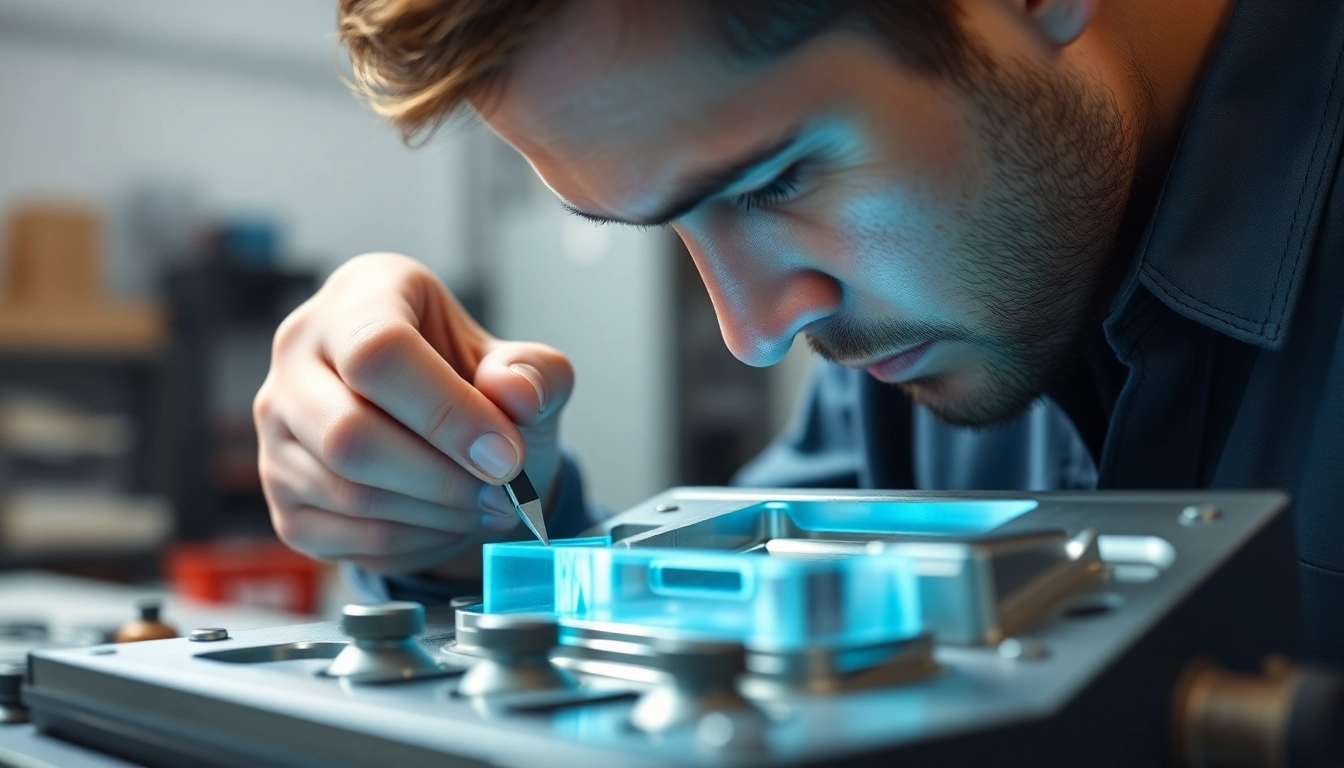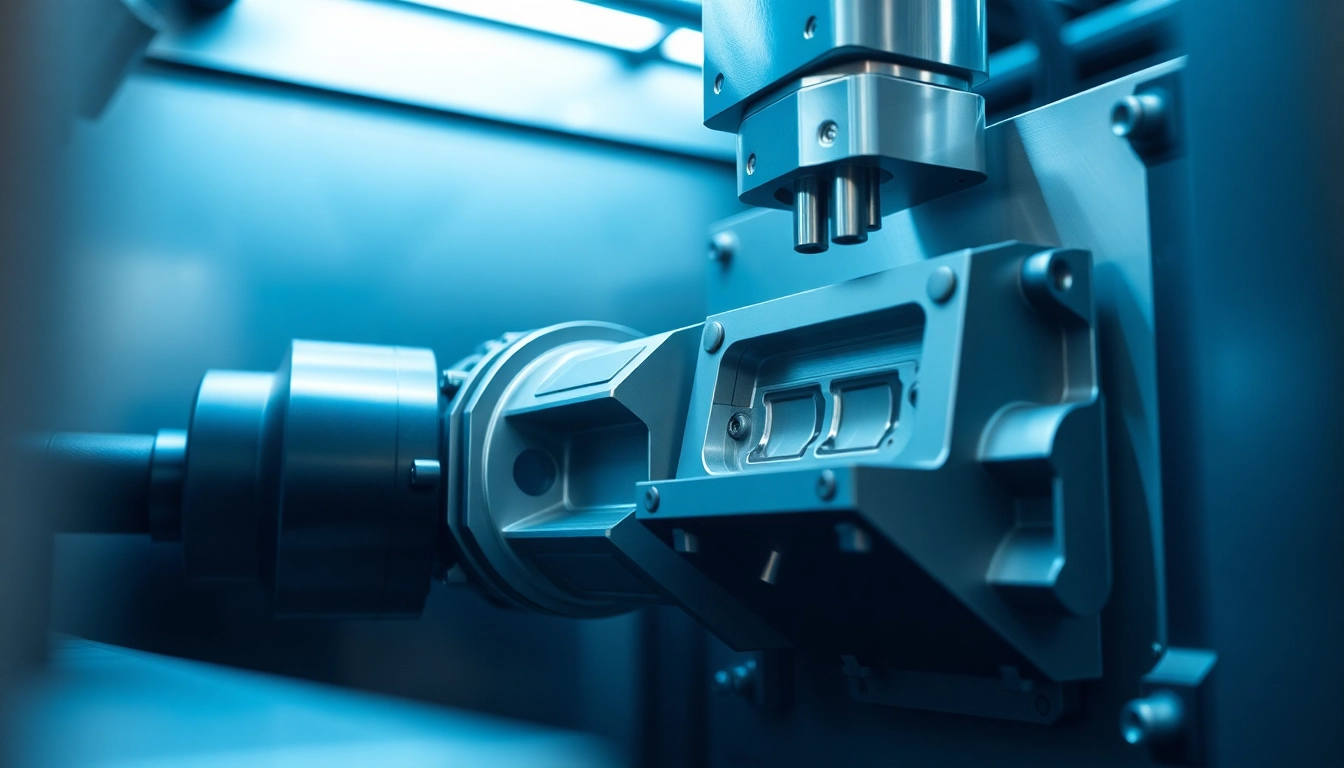Understanding the Manufacture of Plastic Parts
The manufacture of plastic parts plays a critical role in various industries, providing essential components for products ranging from automotive to consumer electronics. Understanding this process and its significance is crucial for businesses aiming to innovate, improve efficiencies, and gain market advantage.
The Importance of Plastic Parts in Today’s Industry
Plastic parts are ubiquitous in modern manufacturing and consumer products. Their versatility, durability, and lightweight nature make them indispensable. From packaging materials to car interiors, the use of plastic allows for design flexibility and cost-effectiveness. In sectors like healthcare, where sterile conditions and lightweight materials are essential, the importance of plastic parts is magnified. The ability to mold plastics into a wide range of shapes contributes significantly to their role in securing functional and aesthetic applications.
Common Applications for Manufactured Plastic Parts
Plastic parts are used in various applications, including:
- Automotive Components: Dashboard trim, bumper covers, and internal mechanisms.
- Consumer Electronics: Casings for smartphones, laptops, and household appliances.
- Medical Devices: Tools and equipment that require precision and hygiene.
- Packaging: Containers, bottles, and wrappers that facilitate storage and transport.
As these applications illustrate, the versatility of plastic manufacturing enables a wide array of functionalities, driving demand across different sectors.
Types of Plastics Used in Manufacturing
The choice of plastic greatly influences the manufacturing process and the final product’s characteristics. Some of the most common types include:
- Thermoplastics: Such as polyethylene (PE) and polycarbonate (PC), which can be reshaped upon heating.
- Thermosetting Plastics: Such as epoxy and phenolic, which solidify permanently after heat application.
- Elastomers: Rubber-like materials that provide high tensile strength and flexibility.
Key Manufacturing Processes for Plastic Parts
Injection Molding: The Most Popular Method
Injection molding is the most widely used method for the production of plastic parts, due to its efficiency and capability to produce complex shapes with high precision. The process involves injecting molten plastic into a mold, where it cools and solidifies into the desired part.
The advantages of injection molding include:
- High Efficiency: Suitable for large production runs with minimal waste.
- Precision: Offers tight tolerances for intricate designs.
- Material Variety: Compatible with many thermoplastics and some thermosetting materials.
Alternatives to Injection Molding
While injection molding is predominant, several alternative methods may suit specific needs:
- Plastic Extrusion: Ideal for continuous sections like pipes and sheets.
- Rotational Molding: Suitable for hollow objects and large items with uniform wall thickness.
- Vacuum Forming: A process used for creating packaging or covers from thin plastic sheets.
- CNC Machining: Offers high precision for low quantities but results in higher waste compared to molding.
Comparing Processes: Pros and Cons
Choosing the right manufacturing process depends on various factors:
| Method | Pros | Cons |
|---|---|---|
| Injection Molding | Fast production, high precision, low waste | High initial costs for molds |
| Extrusion | Continuous production, less waste | Limited to specific shapes |
| Rotational Molding | Cost-effective for large parts | Long cycle times |
| Vacuum Forming | Simple and quick to set up | Poor detail, limited material types |
| CNC Machining | Very precise, flexible material options | Higher material waste, slower production |
Choosing the Right Process for Your Project
Factors to Consider in Plastic Part Production
When deciding on a manufacturing process, consider:
- Part Complexity: More complex parts may need injection molding or CNC machining.
- Volume Requirements: High-volume production favors injection molding, while low or prototyping may be better suited for CNC machining.
- Material Properties: The choice of plastic can dictate suitable processes based on temperature and mechanical strength requirements.
Assessing Cost and Efficiency
Understanding costs involves evaluating:
- Initial Setup Costs: Including mold costs for injection molding versus lower setup costs for CNC machining.
- Production Costs: High-speed methods like injection molding tend to reduce per-unit costs over larger volumes.
- Labor Costs: Some processes may require more manual intervention than others, impacting overall costs.
Minimal Order Quantities and Their Implications
Minimum order quantities (MOQs) can greatly influence your choice of manufacturing process:
- Injection molding typically requires higher MOQs due to mold costs and setup. Small batch sizes might lead to inflated costs.
- CNC machining or 3D printing allows for lower MOQs, making them attractive for prototyping or initial product testing.
Best Practices for Manufacturing Plastic Parts
Design Tips for Optimal Manufacturing
Designing for manufacturability is critical for efficiency and cost-effectiveness:
- Simplified Designs: Complex geometries can increase costs—aim for simplicity where possible.
- Consider Tolerances: Specify tolerances that align with the chosen manufacturing process to avoid unnecessary adjustments.
- Tooling Considerations: Design with the mold in mind to facilitate easier removal of parts.
Quality Control Measures to Implement
Quality assurance is essential throughout the production process:
- Regular Inspections: Conduct routine checks during production to catch defects early.
- Testing Standards: Implement ISO standards or industry-specific testing to ensure product quality.
- Documentation: Keep records of processes and inspections to trace back any quality issues that arise.
Case Studies: Successful Plastic Part Manufacturing
Examining real-world success stories can provide insights:
- Case Study 1: A consumer electronics company refined its injection-molding processes, cutting production time by 30% through design optimization.
- Case Study 2: A startup utilized CNC machining for early prototypes of a new household gadget, achieving quality results before moving to mass production.
Future Trends in Plastic Manufacturing
Innovations in Material Science
New materials are emerging that enhance performance and environmental sustainability:
- Bioplastics: Derived from renewable sources, these alternatives promise to reduce the ecological footprint of plastic products.
- Advanced Composites: Combining plastics with other materials like carbon fibers allows for stronger, lighter components.
Environmental Considerations in Manufacturing
As environmental issues gain prominence, manufacturers must adapt:
- Recyclability: Focusing on materials that support recycling efforts helps meet consumer demands for sustainable options.
- Waste Reduction Practices: Implementing lean manufacturing techniques can significantly minimize waste throughout the production process.
The Shift Towards Sustainable Practices
Businesses are increasingly exploring greener alternatives:
- Using sustainable materials can improve brand image while reducing environmental impact.
- Investment in energy-efficient machinery and processes can lower operational costs in the long run.
- Collaboration with suppliers focused on sustainability can enhance the overall lifecycle of plastic products.
